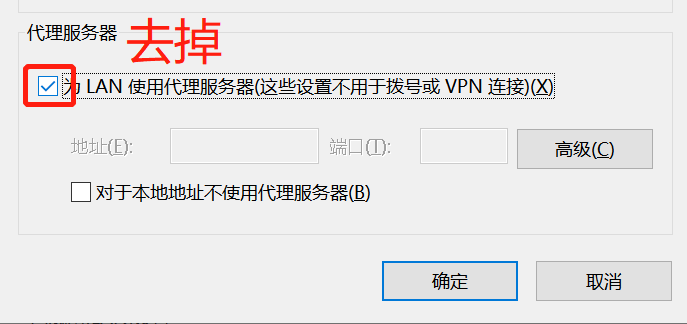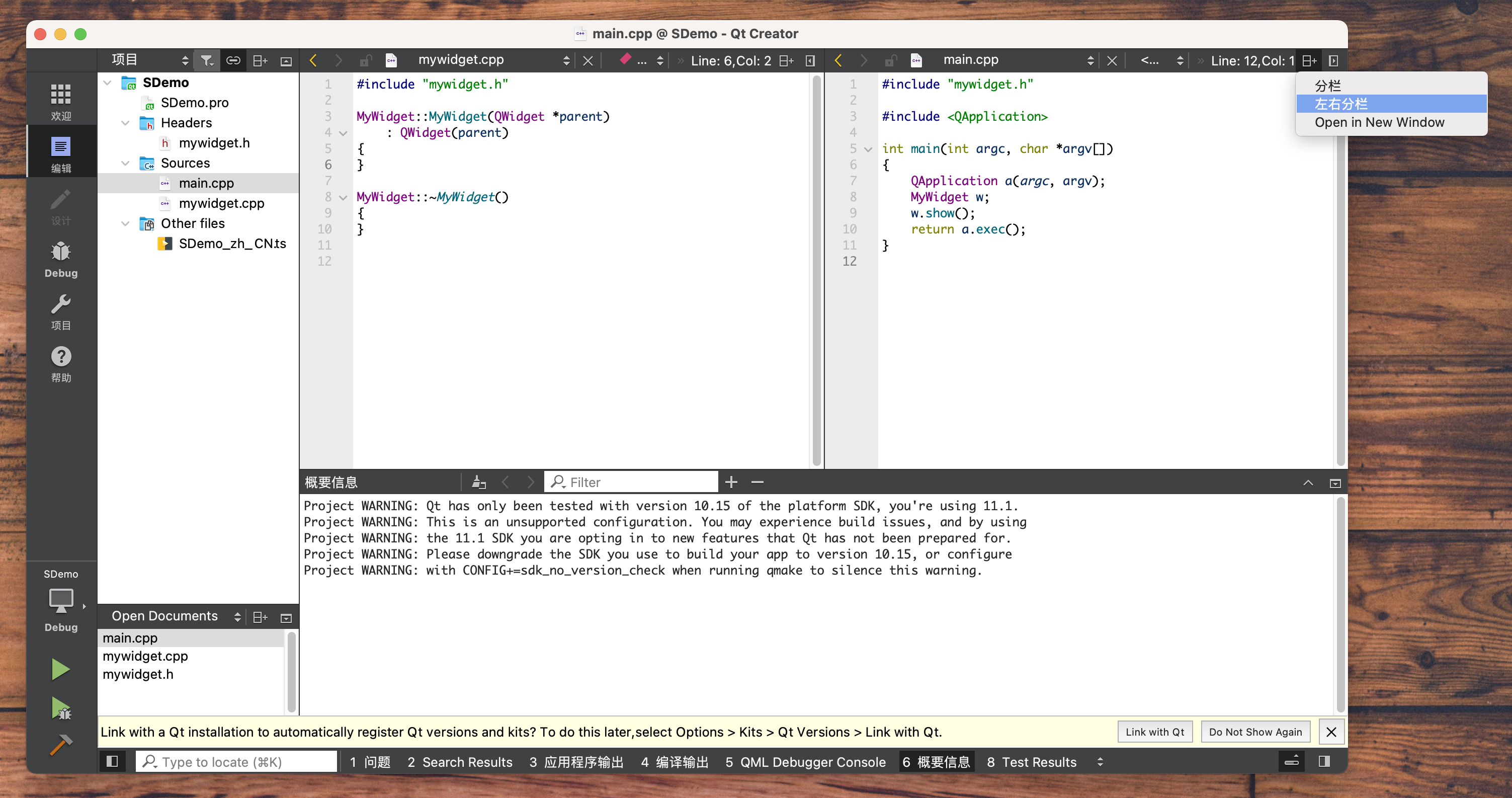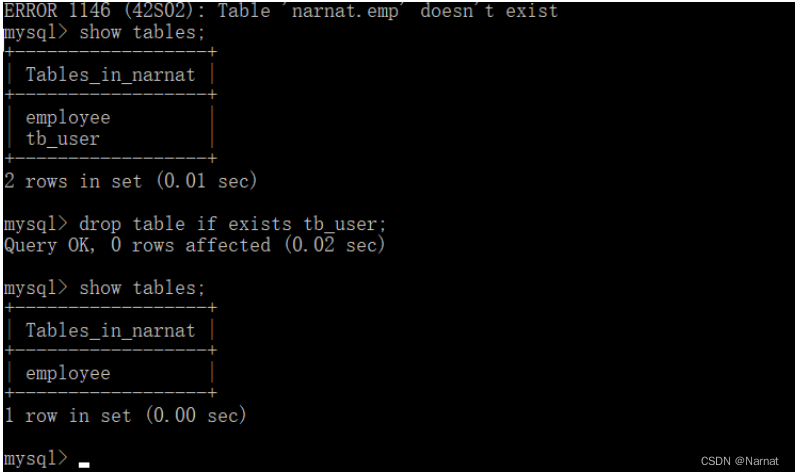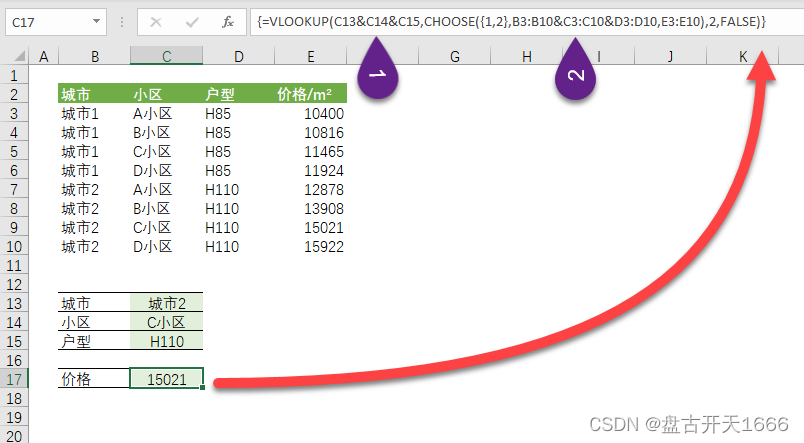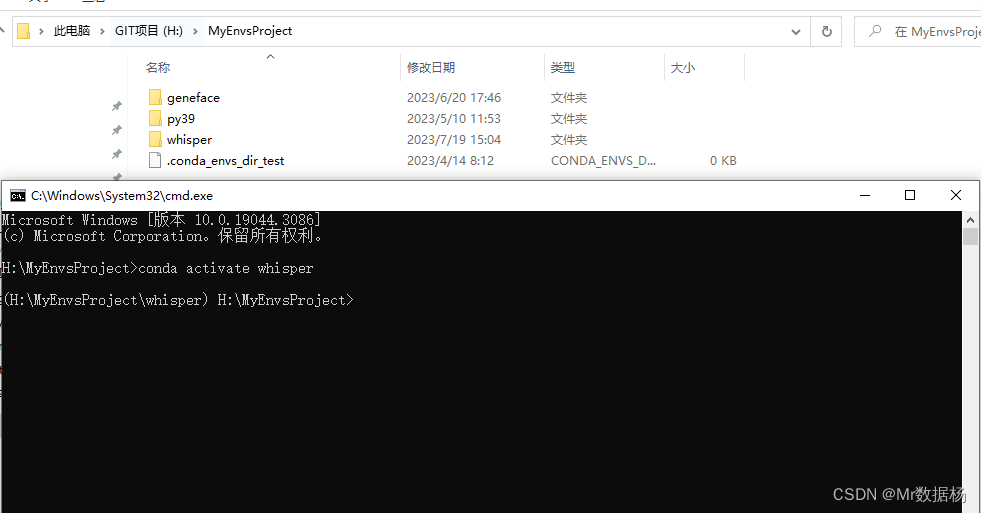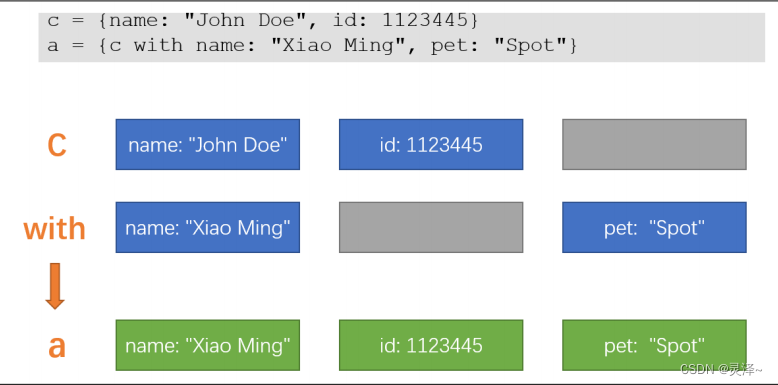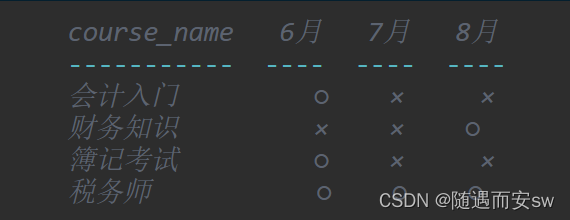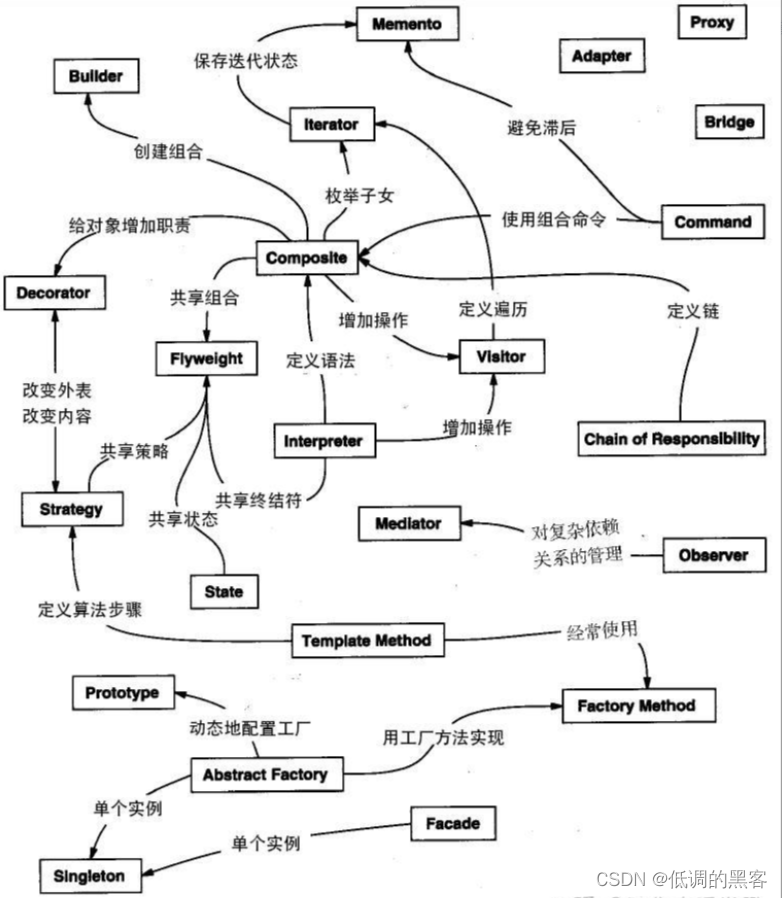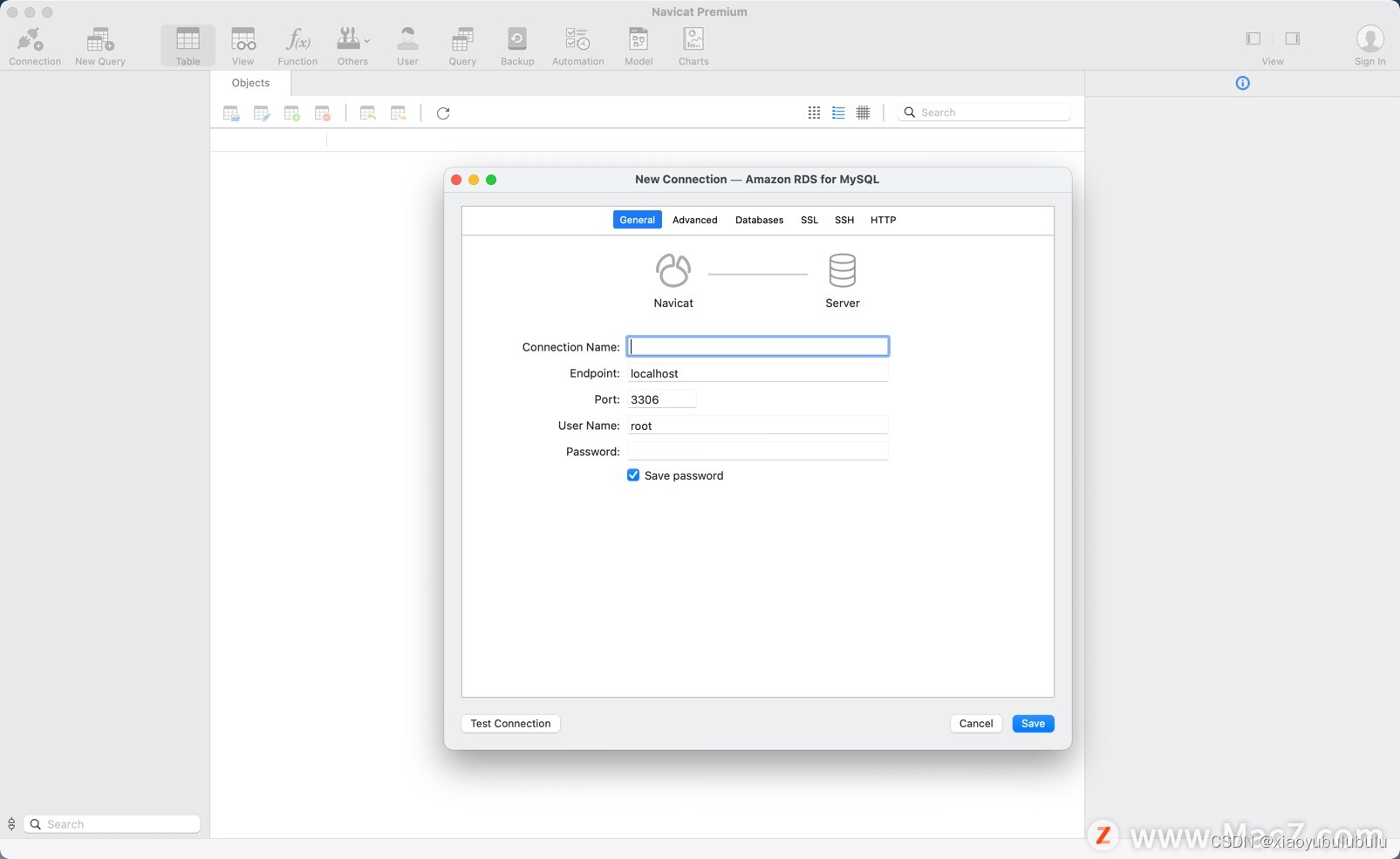系列文章
- Cilium 系列文章
前言
在前文中我们提到, cilium install 默认安装后, Cilium 功能启用和禁用情况如下:
datapath mode: tunnel: 因为兼容性原因,Cilium 会默认启用 tunnel(基于 vxlan) 的 datapatch 模式,也就是 overlay 网络结构。KubeProxyReplacement: DisabledCilium 是没有完全替换掉 kube-proxy 的,后面我们会出文章介绍如何实现替换。IPv6 BIG TCP: Disabled该功能要求 Linux Kernel >= 5.19, 所以在 Kernel 4.19.232 状态为禁用。BandwidthManager: Disabled该功能要求 Linux Kernel >= 5.1, 所以目前是禁用的Host Routing: LegacyLegacy Host Routing 还是会用到 iptables, 性能较弱;但是 BPF-based host routing 需要 Linux Kernel >= 5.10Masquerading: IPtablesIP 伪装有几种方式:基于 eBPF 的,和基于 iptables 的。默认使用基于 iptables, 推荐使用 基于 eBPF 的。Hubble Relay: disabled默认 Hubble 也是禁用的。
今天我们尝试关闭 tunnel 功能, 启用本地路由(Native-Routing)功能以提升网络性能.
测试环境
- Cilium 1.13.4
- K3s v1.26.6+k3s1
- OS
- 3台 Ubuntu 23.04 VM, Kernel 6.2, x86
VXLan 封装
在未提供任何配置的情况下,Cilium 会自动以这种模式运行,因为这种模式对底层网络基础设施的要求最低。
在这种模式下,所有集群节点都会使用基于 UDP 的封装协议 VXLAN 或 Geneve 形成网状隧道。Cilium 节点之间的所有流量都经过封装.
这种模式的缺点
MTU 开销
由于增加了封装头,有效载荷可用的 MTU 要低于本地路由(VXLAN 每个网络数据包 50 字节)。这导致特定网络连接的最大吞吐率降低。
本地路由(Native-Routing)
本地路由数据路径在 tunnel: disabled 时启用,并启用本机数据包转发模式。本机数据包转发模式利用 Cilium 运行网络的路由功能,而不是执行封装。

在本地路由模式下,Cilium 会将所有未寻址到其他本地端点的数据包委托给 Linux 内核的路由子系统。这意味着,数据包的路由将如同本地进程发出数据包一样。因此,连接集群节点的网络必须能够路由 PodCIDR。
配置本地路由时,Cilium 会自动在 Linux 内核中启用 IP 转发。
网络需求
- 要运行本地路由模式,连接运行 Cilium 的主机的网络必须能够转发使用给 pod 或其他工作负载的地址的 IP 流量。
- 节点上的 Linux 内核必须知道如何转发所有运行 Cilium 的节点上 pod 或其他工作负载的数据包。这可以通过两种方式实现:
- 节点本身不知道如何路由所有 pod IP,但网络上有路由器知道如何到达所有其他 pod。在这种情况下,Linux 节点被配置为包含指向此类路由器的默认路由。这种模式用于云提供商网络集成。有关详细信息,请参阅 Google Cloud、AWS ENI 和 Azure IPAM。
- 每个节点都知道所有其他节点的所有 pod IP,并在 Linux 内核路由表中插入路由来表示这一点。
- 如果所有节点共享一个 L2 网络,则可以启用选项
auto-direct-node-routes: true来解决这个问题。本次实验我们使用这种方式启用本地路由. - 否则,必须运行额外的系统组件(如 BGP 守护进程)来分发路由。有关如何使用 kube-router 项目实现这一目标,请参阅指南《使用 Kube-Router 运行 BGP》。
- 如果所有节点共享一个 L2 网络,则可以启用选项
实战: 启用本地路由
从现在开始, 后续的 cilium 安装配置越来越复杂, 有很多定制的配置参数, 所以我们从现在开始使用 Helm Chart 方式安装 Cilium.
📚️Reference:
Helm Chart 方法适用于需要对 Cilium 安装进行精细控制的高级安装和生产环境。它要求你为特定的 Kubernetes 环境手动选择最佳数据路径 (datapath) 和 IPAM 模式。
先使用 Helm Chart 进行最基本安装, 保证和前文的配置相同.
卸载 Cilium
首先卸载通过 cilium install 安装的 Cilium.
export KUBECONFIG=/etc/rancher/k3s/k3s.yaml
cilium uninstallHelm Chart 基本安装
然后, 使用 Helm Chart 进行基本安装, 保证和前文配置相同.
helm repo add cilium https://helm.cilium.io/
helm install cilium cilium/cilium --version 1.13.4 \
--namespace kube-system \
--set operator.replicas=1 \
--set k8sServiceHost=192.168.2.43 \
--set k8sServicePort=6443 \
--set hubble.relay.enabled=true \
--set hubble.ui.enabled=true说明如下:
--namespace kube-system和默认的cilium install保持一致, cilium 安装在kube-system下operator.replicas=1指定 Operator 副本数为 1, 默认为 2k8sServiceHostk8sServicePort显式指定 K8s 集群的 APIServer 的 IP 和 端口hubble.relay.enabled=truehubble.ui.enabled=true启用 Hubble 可观察性.
重启未受管节点
如果你创建的集群中没有使用 node.cilium.io/agent-not-ready 污点的节点,则需要手动重启未托管的 pod。重启所有已运行但未以主机联网模式运行的 pod,以确保 Cilium 开始管理它们。这样做是为了确保所有在部署 Cilium 之前已经运行的 pod 都具有 Cilium 提供的网络连接,并且 NetworkPolicy 也适用于它们:
$ kubectl get pods --all-namespaces -o custom-columns=NAMESPACE:.metadata.namespace,NAME:.metadata.name,HOSTNETWORK:.spec.hostNetwork --no-headers=true | grep '<none>' | awk '{print "-n "$1" "$2}' | xargs -L 1 -r kubectl delete pod
pod "helm-install-traefik-crd-wv67f" deleted
pod "helm-install-traefik-vt2zh" deleted
pod "svclb-traefik-c19bcc42-6jqxs" deleted
pod "coredns-59b4f5bbd5-qmn2k" deleted
pod "local-path-provisioner-76d776f6f9-mpct2" deleted
pod "traefik-57c84cf78d-jpx47" deleted
pod "metrics-server-68cf49699b-dxvnk" deleted
pod "hubble-ui-68fb44f6f5-z9w7c" deleted
pod "hubble-relay-5f68b89b76-s6xp5" deletedHelm Chart 启用本地路由
helm upgrade cilium cilium/cilium \
--namespace kube-system \
--reuse-values \
--set tunnel=disabled \
--set autoDirectNodeRoutes=true \
--set ipv4NativeRoutingCIDR=10.0.0.0/22配置说明如下:
--reuse-values复用上一次的 Helm Chart 安装配置tunnel=disabled启用本地路由模式autoDirectNodeRoutes=true每个节点都知道所有其他节点的所有 pod IP,并在 Linux 内核路由表中插入路由来表示这一点。如果所有节点共享一个 L2 网络,则可以启用选项auto-direct-node-routes: true来解决这个问题。ipv4-native-routing-cidr: x.x.x.x/y设置可执行本地路由的 CIDR。
至此, 本地路由就已经启用了. 可以再次运行相关命令来检查.
验证本地路由是否启用
首先, 未启用之前, 也就是通过 VXLan 封装时, 会有一个对应的 VXLan 网卡 cilium_vxlan. 示例如下:
5: cilium_vxlan: <BROADCAST,MULTICAST,UP,LOWER_UP> mtu 1500 qdisc noqueue state UNKNOWN group default qlen 1000
link/ether 52:5b:dd:37:f5:45 brd ff:ff:ff:ff:ff:ff
inet6 fe80::505b:ddff:fe37:f545/64 scope link
valid_lft forever preferred_lft forever可以查看 Cilium Agent 的日志:
$ k3s kubectl logs -f cilium-nxbsn -n kube-system|grep datapath
Defaulted container "cilium-agent" out of: cilium-agent, config (init), mount-cgroup (init), apply-sysctl-overwrites (init), mount-bpf-fs (init), clean-cilium-state (init), install-cni-binaries (init)
level=info msg=" --datapath-mode='veth'" subsys=daemon
level=info msg="clang (10.0.0) and kernel (6.2.0) versions: OK!" subsys=linux-datapath
level=info msg="linking environment: OK!" subsys=linux-datapath
level=info msg="Restored 1 node IDs from the BPF map" subsys=linux-datapath
level=info msg="Detected devices" devices="[]" subsys=linux-datapath
level=info msg="Setting up BPF datapath" bpfClockSource=jiffies bpfInsnSet=v3 subsys=datapath-loader通过 --datapath-mode='veth' 可以判断已经成功启用本地路由.
也可以查看网卡的 mtu, cilium 的 vslan 网卡没有了, 如下:
$ ip a
...
2: eth0: <BROADCAST,MULTICAST,UP,LOWER_UP> mtu 1500 qdisc mq state UP group default qlen 1000
link/ether 00:15:5d:02:20:22 brd ff:ff:ff:ff:ff:ff
inet 172.17.236.121/20 brd 172.17.239.255 scope global dynamic noprefixroute eth0
valid_lft 84958sec preferred_lft 84958sec
inet6 fe80::e4ed:31d3:3101:3265/64 scope link noprefixroute
valid_lft forever preferred_lft forever
3: cilium_net@cilium_host: <BROADCAST,MULTICAST,NOARP,UP,LOWER_UP> mtu 1500 qdisc noqueue state UP group default qlen 1000
link/ether f6:e6:97:fa:8a:d9 brd ff:ff:ff:ff:ff:ff
inet6 fe80::f4e6:97ff:fefa:8ad9/64 scope link
valid_lft forever preferred_lft forever
4: cilium_host@cilium_net: <BROADCAST,MULTICAST,NOARP,UP,LOWER_UP> mtu 1500 qdisc noqueue state UP group default qlen 1000
link/ether 72:f7:bb:f9:31:0b brd ff:ff:ff:ff:ff:ff
inet 10.0.0.172/32 scope global cilium_host
valid_lft forever preferred_lft forever
inet6 fe80::70f7:bbff:fef9:310b/64 scope link
valid_lft forever preferred_lft forever
15: lxca13b12696333@if14: <BROADCAST,MULTICAST,UP,LOWER_UP> mtu 1500 qdisc noqueue state UP group default qlen 1000
link/ether de:89:24:7b:86:e0 brd ff:ff:ff:ff:ff:ff link-netns cni-0253f30e-07bc-2273-640c-7ec96f0a30dd
inet6 fe80::dc89:24ff:fe7b:86e0/64 scope link
valid_lft forever preferred_lft forever
...可以看到 cilium 和 lxc 相关的网卡, mtu 已经和 eth0 保持一致, 为: mtu 1500. 而在没启用之前, mtu 1280.
没启用本地路由, 使用VXLan 封装的 mtu 如下:
$ ip a
...
3: eth0: <BROADCAST,MULTICAST,UP,LOWER_UP> mtu 1500 qdisc mq state UP group default qlen 1000
link/ether aa:94:b7:b4:25:ac brd ff:ff:ff:ff:ff:ff
inet 192.168.2.44/24 brd 192.168.2.255 scope global dynamic noprefixroute eth0
valid_lft 74264sec preferred_lft 74264sec
inet6 240e:3a1:166d:dd70:4ea1:7c0c:13de:aa3/64 scope global dynamic noprefixroute
valid_lft 208339sec preferred_lft 121939sec
inet6 fe80::b0:3f98:e4e1:1d16/64 scope link noprefixroute
valid_lft forever preferred_lft forever
6: cilium_net@cilium_host: <BROADCAST,MULTICAST,NOARP,UP,LOWER_UP> mtu 1280 qdisc noqueue state UP group default qlen 1000
link/ether be:0f:af:14:c7:05 brd ff:ff:ff:ff:ff:ff
inet6 fe80::bc0f:afff:fe14:c705/64 scope link
valid_lft forever preferred_lft forever
7: cilium_host@cilium_net: <BROADCAST,MULTICAST,NOARP,UP,LOWER_UP> mtu 1280 qdisc noqueue state UP group default qlen 1000
link/ether 1e:96:a5:af:3c:a3 brd ff:ff:ff:ff:ff:ff
inet 10.0.0.109/32 scope global cilium_host
valid_lft forever preferred_lft forever
inet6 fe80::1c96:a5ff:feaf:3ca3/64 scope link
valid_lft forever preferred_lft forever
98: lxc_health@if97: <BROADCAST,MULTICAST,UP,LOWER_UP> mtu 1280 qdisc noqueue state UP group default qlen 1000
link/ether 1a:41:2c:3b:18:0b brd ff:ff:ff:ff:ff:ff link-netnsid 0
inet6 fe80::1841:2cff:fe3b:180b/64 scope link
valid_lft forever preferred_lft forever
...性能测试
通过 iperf 测试网络吞吐量. 来验证启用本地路由带来的性能提升. 我们使用 iperf3 来进行测试.
VM 间宽带
测试 VM 间原生带宽, apt 安装 iperf3:
sudo apt install -y iperf3测试 VM 间宽带. 结果为:
$ iperf3 -c 192.168.2.3 -f M
Connecting to host 192.168.2.3, port 5201
[ 5] local 192.168.2.26 port 32930 connected to 192.168.2.3 port 5201
[ ID] Interval Transfer Bitrate Retr Cwnd
[ 5] 0.00-1.00 sec 1.02 GBytes 1047 MBytes/sec 0 3.12 MBytes
[ 5] 1.00-2.00 sec 1.13 GBytes 1161 MBytes/sec 0 3.12 MBytes
[ 5] 2.00-3.00 sec 1.12 GBytes 1150 MBytes/sec 0 3.12 MBytes
[ 5] 3.00-4.00 sec 1.08 GBytes 1107 MBytes/sec 0 3.12 MBytes
[ 5] 4.00-5.00 sec 1.17 GBytes 1194 MBytes/sec 0 3.12 MBytes
[ 5] 5.00-6.00 sec 1.09 GBytes 1120 MBytes/sec 0 3.12 MBytes
[ 5] 6.00-7.00 sec 1.10 GBytes 1128 MBytes/sec 0 3.12 MBytes
[ 5] 7.00-8.00 sec 1.10 GBytes 1131 MBytes/sec 0 3.12 MBytes
[ 5] 8.00-9.00 sec 1.18 GBytes 1211 MBytes/sec 0 3.12 MBytes
[ 5] 9.00-10.00 sec 1.11 GBytes 1133 MBytes/sec 0 3.12 MBytes
- - - - - - - - - - - - - - - - - - - - - - - - -
[ ID] Interval Transfer Bitrate Retr
[ 5] 0.00-10.00 sec 11.1 GBytes 1138 MBytes/sec 0 sender
[ 5] 0.00-10.00 sec 11.1 GBytes 1138 MBytes/sec receiver
iperf Done.结果为 1138 MBytes/sec 带宽.
容器里部署 iperf3
测试 Cilium vxlan 封装和本地路由模式, 将 iperf3 部署为 Daemonset:
apiVersion: apps/v1
kind: DaemonSet
metadata:
name: iperf3
labels:
app: iperf3
spec:
selector:
matchLabels:
app: iperf3
template:
metadata:
labels:
app: iperf3
spec:
containers:
- name: iperf3
image: clearlinux/iperf:3
command: ['/bin/sh', '-c', 'sleep 1d']
ports:
- containerPort: 5201结果如下:
$ k3s kubectl get pod -o wide
NAME READY STATUS RESTARTS AGE IP NODE NOMINATED NODE READINESS GATES
iperf3-dmqzb 1/1 Running 0 30s 10.0.0.13 cilium-62-1 <none> <none>
iperf3-g84hd 1/1 Running 0 30s 10.0.2.239 cilium-62-3 <none> <none>
iperf3-lnwfn 1/1 Running 0 30s 10.0.1.39 cilium-62-2 <none> <none>使用容器内 iperf3 测试
选择一个 pod 作为 server(cilium-62-2 node 上的为 server), 另一个作为 client(cilium-62-3 node 上的为client).
Server (iperf3-lnwfn) 运行的命令为:
kubectl exec -it iperf3-lnwfn -- iperf3 -s -f MClient (iperf3-g84hd) 运行的命令为:
kubectl exec -it iperf3-g84hd -- iperf3 -c 10.0.1.39 -f MVXLan 封装
VXLan 封装的情况:
$ kubectl exec -it iperf3-g84hd -- iperf3 -c 10.0.1.39 -f M
Connecting to host 10.0.1.39, port 5201
[ 5] local 10.0.2.239 port 38102 connected to 10.0.1.39 port 5201
[ ID] Interval Transfer Bitrate Retr Cwnd
[ 5] 0.00-1.00 sec 377 MBytes 377 MBytes/sec 46 1.19 MBytes
[ 5] 1.00-2.00 sec 458 MBytes 457 MBytes/sec 0 1.31 MBytes
[ 5] 2.00-3.00 sec 538 MBytes 538 MBytes/sec 46 1.43 MBytes
[ 5] 3.00-4.00 sec 538 MBytes 537 MBytes/sec 0 1.49 MBytes
[ 5] 4.00-5.00 sec 525 MBytes 525 MBytes/sec 14 1.50 MBytes
[ 5] 5.00-6.00 sec 494 MBytes 494 MBytes/sec 0 1.51 MBytes
[ 5] 6.00-7.00 sec 494 MBytes 494 MBytes/sec 0 1.51 MBytes
[ 5] 7.00-8.00 sec 494 MBytes 494 MBytes/sec 33 1.52 MBytes
[ 5] 8.00-9.00 sec 528 MBytes 528 MBytes/sec 0 1.53 MBytes
[ 5] 9.00-10.00 sec 495 MBytes 495 MBytes/sec 46 1.54 MBytes
- - - - - - - - - - - - - - - - - - - - - - - - -
[ ID] Interval Transfer Bitrate Retr
[ 5] 0.00-10.00 sec 4.82 GBytes 494 MBytes/sec 185 sender
[ 5] 0.00-10.00 sec 4.82 GBytes 493 MBytes/sec receiver
iperf Done.结果为 493 MBytes/sec 左右带宽, 直接少了一半.
本地路由
$ kubectl exec -it iperf3-g84hd -- iperf3 -c 10.0.1.39 -f M
Connecting to host 10.0.1.39, port 5201
[ 5] local 10.0.2.239 port 39518 connected to 10.0.1.39 port 5201
[ ID] Interval Transfer Bitrate Retr Cwnd
[ 5] 0.00-1.00 sec 1.01 GBytes 1030 MBytes/sec 33 1.53 MBytes
[ 5] 1.00-2.00 sec 1.16 GBytes 1191 MBytes/sec 0 2.01 MBytes
[ 5] 2.00-3.00 sec 1.31 GBytes 1339 MBytes/sec 0 2.45 MBytes
[ 5] 3.00-4.00 sec 1.28 GBytes 1312 MBytes/sec 0 2.79 MBytes
[ 5] 4.00-5.00 sec 1.25 GBytes 1283 MBytes/sec 0 3.00 MBytes
[ 5] 5.00-6.00 sec 1.28 GBytes 1310 MBytes/sec 0 3.00 MBytes
[ 5] 6.00-7.00 sec 1.26 GBytes 1292 MBytes/sec 0 3.01 MBytes
[ 5] 7.00-8.00 sec 1.31 GBytes 1337 MBytes/sec 0 3.01 MBytes
[ 5] 8.00-9.00 sec 1.23 GBytes 1260 MBytes/sec 0 3.01 MBytes
[ 5] 9.00-10.00 sec 1.28 GBytes 1308 MBytes/sec 92 3.01 MBytes
- - - - - - - - - - - - - - - - - - - - - - - - -
[ ID] Interval Transfer Bitrate Retr
[ 5] 0.00-10.00 sec 12.4 GBytes 1266 MBytes/sec 125 sender
[ 5] 0.00-10.00 sec 12.4 GBytes 1266 MBytes/sec receiver
iperf Done.结果为 1266 MBytes/sec. 和原生的相差无几.
小结
👍️ 禁用封装(隧道 tunnel)(本次测试为 VXLAN 封装模式), 启用本地路由, 确实可以提升网络最大吞吐量.
总结
在未提供任何配置的情况下,Cilium 会自动以封装(隧道 tunnel)模式运行,因为这种模式对底层网络基础设施的要求最低。
在这种模式下,所有集群节点都会使用基于 UDP 的封装协议 VXLAN 或 Geneve 形成网状隧道。
由于增加了封装头,有效载荷可用的 MTU 要低于本地路由, 这导致特定网络连接的最大吞吐率降低。
启用本地路由(Native-Routing)可以避免这种情况, 但是启用对本地网络有一定要求. 本次我们通过 autoDirectNodeRoutes=true 方式来进行启用.
通过 iperf 测试, 也确实证明启用本地路由可以提升吞吐量.💪
📚️参考文档
- Routing — Cilium 1.13.4 documentation
- Installation using Helm — Cilium 1.13.4 documentation
三人行, 必有我师; 知识共享, 天下为公. 本文由东风微鸣技术博客 EWhisper.cn 编写.


